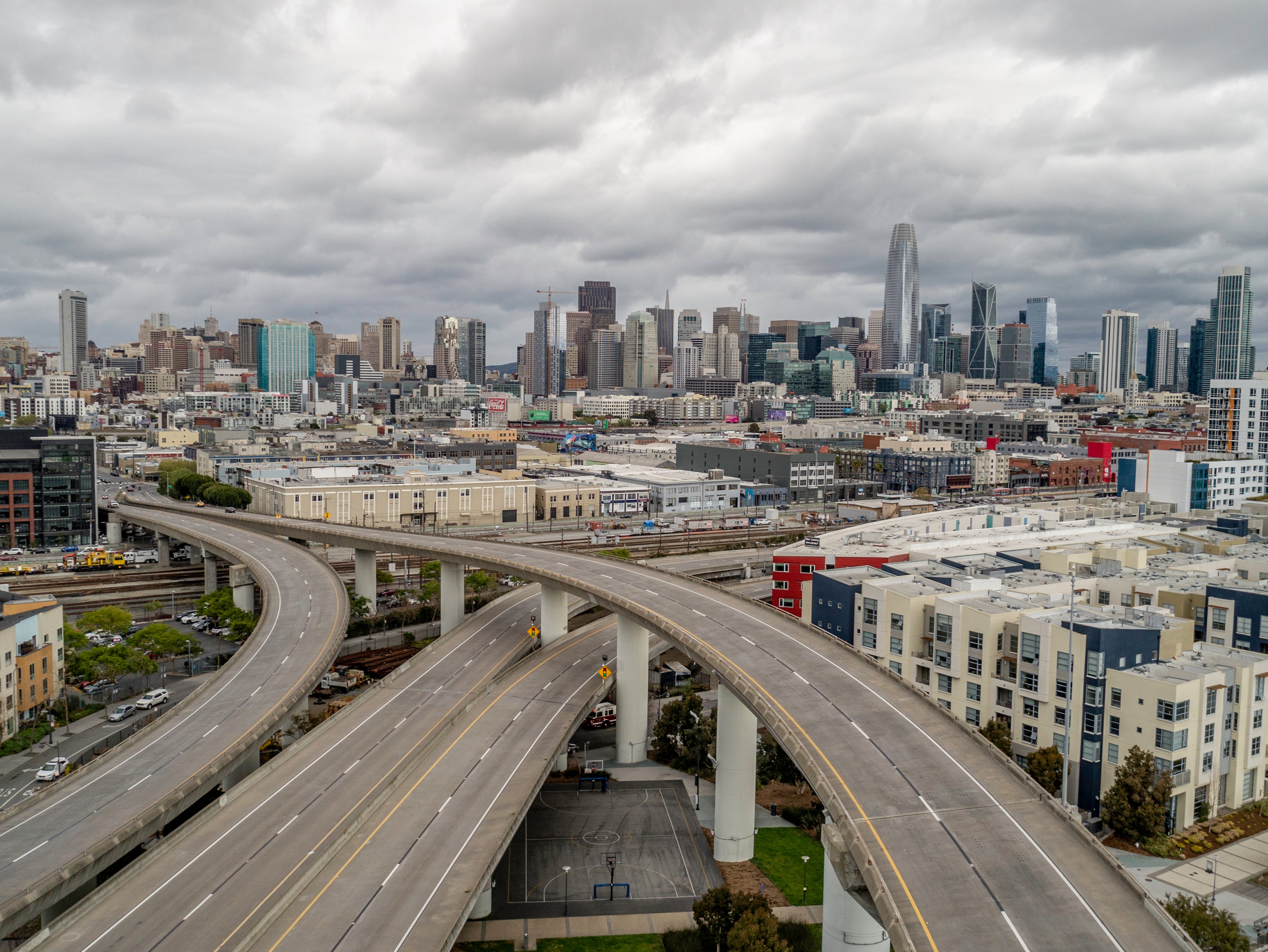California earthquakes: Two quakes rock area along 'Ring of Fire'
Tremors felt as far as San Fransisco

Two 3.4 magnitude earthquakes struck near the same area of Northern California within hours of each other over the weekend, officials have said.
The United States Geological Survey (USGS) logged two earthquakes on Sunday in the state within around six hours of each other, both at the magnitude of 3.4 on the Richter scale.
Magnitudes of between levels three and four on the scale are “felt quite noticeably by persons indoors, especially on upper floors of buildings", according to the USGS.
The first earthquake was measured less than 6.2 miles North East of Milpitas at around 3.54 pm local time at a depth of 3.3 miles. CBS SF reported that the earthquake was felt as far as San Francisco.
The second earthquake was reported around 10.20 pm local time at a depth of 2.7 miles in the same area covering the Calaveras Reservoir, The East Bay Times reported.
There were no reports of damage or injuries from either of the earthquakes.
The reservoir saw two similar size tremors just over a month ago with shallow-depth 3.3 and 2.9 quakes striking on 17 August, The East Bay Times reported.
The region sits along the notorious Pacific Ocean Ring of Fire area, a roughly 25,000-mile chain of volcanoes and seismically active sites that outline the Pacific Ocean notorious for earthquakes and volcanic eruptions.
The area traces the meeting points of many tectonic plates that are constantly sliding past, colliding into, or moving above or below each other, according to the National Geographic.
The activity along the Ring of Fire results in about 90 per cent of the world’s earthquakes and is home to an estimated 75 per cent of the planet’s volcanoes.




Join our commenting forum
Join thought-provoking conversations, follow other Independent readers and see their replies
Comments